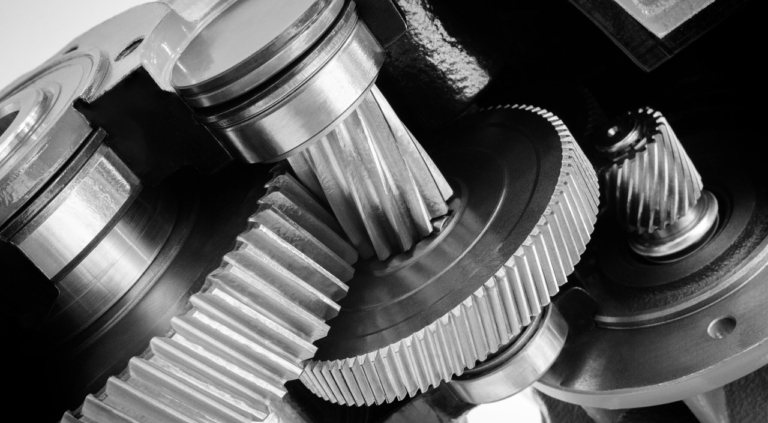Broaching and Shaping: What They Are and What They Are Used For
Everything you need to know about broaching and shaping.
In the world of precision mechanical machining, broaching and shaping are two fundamental techniques. In the production of gears, both techniques are essential because they allow for precise and uniform tooth profiles, minimizing tolerance errors that could affect the performance of the gears. The precision achieved with these processes ensures an even load distribution during operation, reducing wear and increasing the lifespan of the components. Particularly in precision mechanics, where tolerances are extremely tight, broaching and shaping offer significant advantages in terms of quality, repeatability, and production efficiency.
Let’s take a deeper look at what broaching and shaping are, how they work, and their main applications, so you can choose the most suitable solution for your needs.
What is Broaching?
Broaching is a mechanical machining process known for its ability to remove material quickly and efficiently. It is performed using a special tool called a broach, which consists of a series of sequential cutting edges that remove material from a hole or surface, creating the desired profile. This technique is particularly suitable for producing complex mechanical components such as gears, hubs, and transmissions, and is divided into two distinct methods:
- Internal Broaching: Performed on pre-existing holes, shaping the internal profile to create polygonal shapes or grooves.
- External Broaching: Works on the external surface of a part, creating profiles such as teeth, grooves, or round profiles.
The adoption of broaching as a machining technique offers several advantages, making it indispensable for tackling a variety of challenges in the mechanical sector. The main benefits of broaching include:
- Creation of diverse profiles: Thanks to its versatility, broaching can produce both internal and external profiles, even complex ones, with extremely high precision, meeting the most sophisticated design requirements.
- Speed and energy efficiency: Another distinctive aspect is the speed at which broaching removes large amounts of material in a single pass. This feature makes it particularly suitable for mass production, optimizing time and improving productivity.
- Cost-effectiveness for large volumes: Given the speed of the process and the ability to achieve precise profiles in a single pass, broaching is an economically advantageous choice, especially for large batch production, enabling significant savings.
- High precision and superior finish: Broaching guarantees a high level of precision and excellent quality in the finish. The ability to achieve tight tolerances and smooth surfaces makes it ideal for situations requiring great accuracy.
- Material versatility: This process offers great flexibility in machining different materials, being suitable for many metals used in precision mechanics. It can be applied to steel, cast iron, brass, and even plastics, making it a solution applicable to various industrial sectors.
What is Shaping and What Is It Used For?
Shaping is a mechanical machining technique used to create grooves, cavities, and other internal shapes on metal parts. Its uniqueness lies in the use of a shaping machine that removes material through an alternating linear motion. This technique is particularly appreciated for its ability to produce complex profiles with high precision, especially in critical components used in industries such as automotive and aerospace.
This process also offers several advantages:
- Accuracy and quality: It allows for extremely precise tolerances.
- Efficiency: Shaping is an efficient process for producing high-quality parts.
- Versatility: It is a highly flexible technique, usable on a wide range of materials like steel, aluminum, and other special alloys.
- Increased component lifespan: The high precision and quality of the machined surfaces reduce wear, improving and extending the operational lifespan of components.
What Are the Differences Between Broaching and Shaping?
Although both broaching and shaping are essential techniques for creating internal profiles and grooves, there are some differences:
- Broaching is ideal for through holes and external grooves, while shaping is better suited for machining blind holes.
- The broach allows for the creation of a wide variety of complex profiles, while the shaping machine is specialized in obtaining straight grooves of any shape through a straight cutting motion starting from pre-existing holes.
In conclusion, the choice between the two techniques depends on the specific characteristics of the required machining. The fundamental difference between them lies in the method of material removal and the type of finish you want to achieve.
Thanks to the use of advanced technologies and years of experience in the industry, Gandini Ingranaggi is capable of offering advanced high-precision machining solutions, ensuring excellent results that meet the specific needs of our customers.
If you’re interested in a consultation or would like more information, feel free to contact us!




